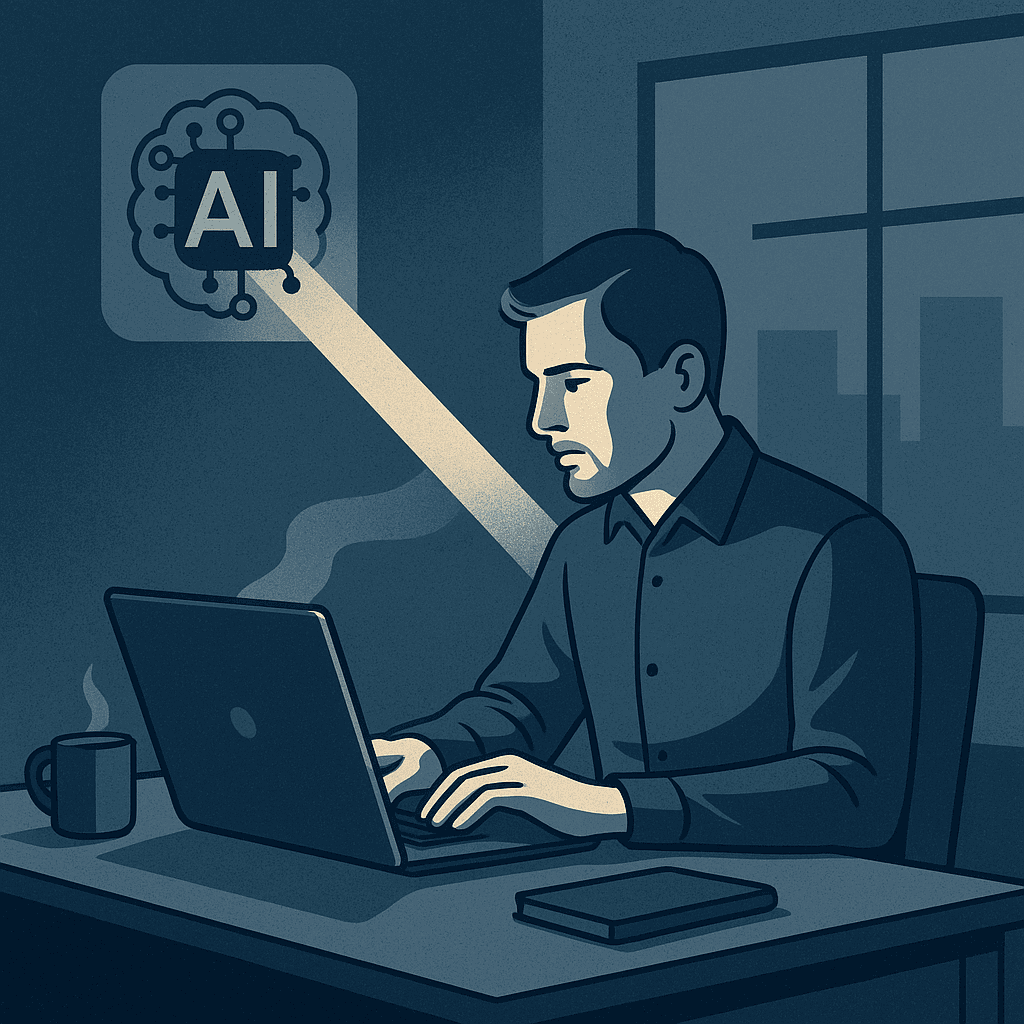I Reduced My Development Time with AI: 90% More Productivity
How artificial intelligence, TDD workflows, pair programming, and context engineering helped me reduce development time by up to 90%.
Fradev / October 16, 2025

Representation of speed and efficiency in AI-powered development
I Reduced My Development Time with AI ⚡
In the past few months, I dove deep into a practical experiment: reducing feature development time by up to 90%—and doing it sustainably, without relying on luck or hype.
The result?
From 1 week to 2–3 hours per feature.
Yes, with TDD + AI + contextual automation, this is completely possible.
💡 The context: fear vs. experimentation
While many still view AI with suspicion, I decided to take the opposite approach: experiment with everything that could speed up my engineering workflow without sacrificing quality.
I migrated from [[Cursor]] to [[Claude Code]] and documented every step of this transition.
This change was more than technical—it was philosophical: learning how to delegate repetitive parts and maintain focus on architecture and user experience.
⚡ The difference in practice
- Complex feature: 1 week → 3–4 hours
- Zero constant supervision: the agent works autonomously
- DnG jobs portal: 3 hours instead of 2 weeks
- TDD became a safety net, not a burden
AI stopped being a generic copilot and became a partner with real context of my repo, tests, and architecture.
🎯 5 workflows that changed the game
- Pair programming with AI — using the agent to explore unknown parts of the codebase and learn during the process.
- TDD with agents — writing tests first and letting AI generate the code to satisfy them.
- Visual iteration — generating automatic interface screenshots at every commit and detecting visual regressions.
- Safe "YOLO mode" — large refactors with automated checkpoints and instant rollback.
- Context engineering — creating persistent prompts that ensure code consistency and style across the entire project.
These workflows changed my relationship with development.
The focus shifted from “writing code” to “designing systems that evolve with AI”.
🔍 The secret of leaf nodes
I learned to work with isolated parts of the code, or “leaf nodes”: functions or components that can be changed without breaking critical dependencies.
This mindset made all the difference.
Now I can let the agent refactor without fear of breaking the core, since tests cover the edges and ensure integrity.
The result?
I delivered in one session what used to take weeks.
🚀 The reality of 2025
- Those who master AI have an absurd competitive advantage.
- It’s not about “AI taking jobs,” but about amplifying your productivity 10x.
- The edge is in orchestrating agents, context, and tests—not just “using prompts”.
🧠 Final thoughts
It's not about working less—it's about working with purpose, leaving the operational to AI and the creative to humans.
Automation does not replace thinking, it amplifies it.
And if used intentionally, it can transform how we build software—from lines of code to flows of thought translated into living systems.
"Code is the interface between human and machine—and AI is the new compiler of creativity."



